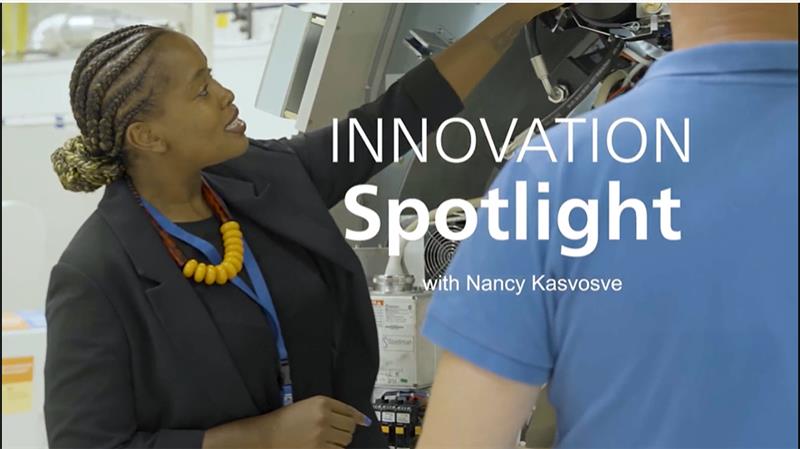Innovation Spotlight: How a circular economy is driving sustainable healthcare
Feb 24, 2025 | 4 minute read
Human health and environmental health are inextricably linked. With the World Health Organization predicting that climate change is expected to cause approximately 250,000 additional deaths per year between 2030 and 2050, it is becoming more urgent than ever that we act. One of the key ways that industry can address climate change is driving circular economy practices.
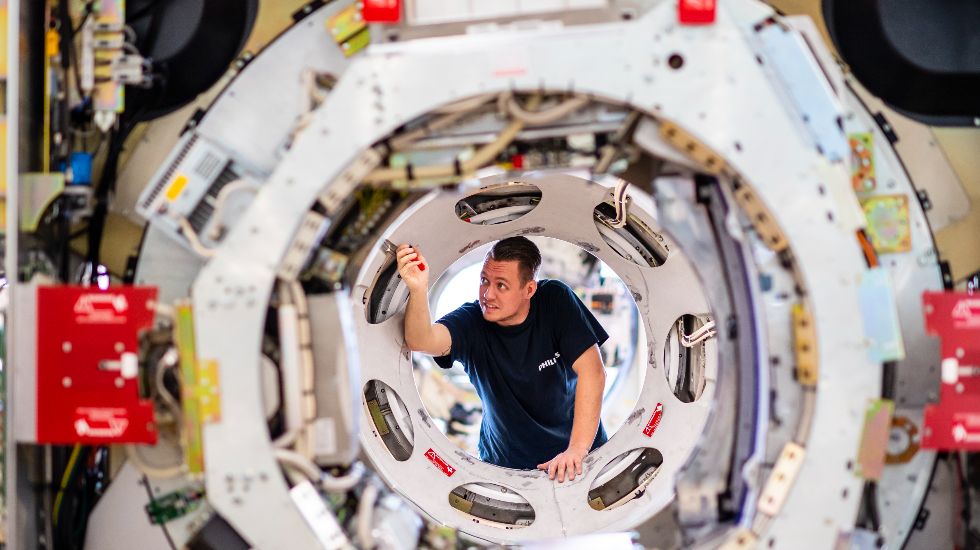
Philips has long been a champion of driving circularity and is dedicated to inspiring others in the industry to follow suit. When it comes to healthcare, a carbon- and material-intensive industry, circular models can play a crucial role in helping to drive a healthier healthcare system for both people and the planet. Fostering a more sustainable future for healthcare is key to the work of Nancy Kasvosve, Circular Solutions Activation Manager at Philips. Here, she shares her insights into how Philips is innovating business models with refurbished systems to champion a healthier healthcare system. She also discusses the benefits of a circular mindset when it comes to advancing access to care and promoting health equity, while reducing greenhouse gas emissions.

Why does healthcare have a carbon problem?
Currently, the world's healthcare systems account for more than 4% of global CO2 emissions — more than the aviation or shipping sectors. Hospitals have the highest energy intensity of all publicly funded buildings and emit 2.5 times more greenhouse gases than commercial buildings. They also produce more than 5 million tons of waste each year.1
But, by reducing inefficiencies, pursuing more precise diagnostic and treatment pathways, upgrading and reusing, refurbishing, and responsibly recycling old medical equipment, we can have a big impact. While the idea of material reuse in healthcare is still gaining traction, it’s clear that circular economy principles – ‘to use less, use longer, use again’ – must become our new normal. We can achieve this through ‘designing, upgrading and reusing through refurbishing, recovering and recycling.’
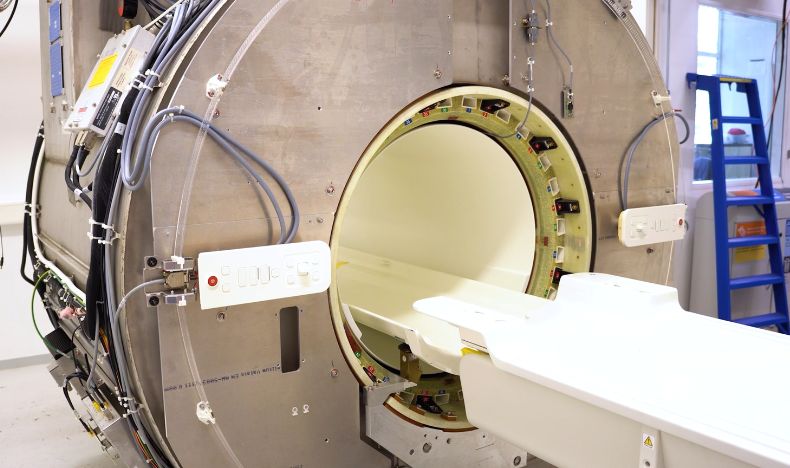
How does a circular economy contribute to keeping our people and planet healthy?
In a circular economy, products, parts and materials are kept at their highest utility and value circulating between customers. These productive loops maintain value while minimizing waste and the extraction of finite resource reserves. In the Circular Equipment business, we focus on ‘use less, use longer and use again’. For example, our MR BlueSeal technology reduces the pressure on scarce materials like helium. And we routinely help our customers to maximize the value of their existing systems through upgrades. For ‘use again’, systems are either refurbished, harvested for parts or recycled. For ‘use again’, systems are either refurbished, harvested for parts or recycled. The highest value recovery is done through refurbishment to bring systems back to market at a lower price, while ensuring quality and performance are as good as new. With Philips Circular Edition, we make sustainable, high-quality medical imaging systems available to more customers. For example, a typical refurbished Azurion 7 C20 interventional imaging system, over its lifetime, cuts its carbon footprint by 28% compared to a new one. This saves around 25.67 tons of CO2 emissions and reduces supply chain emissions by 60%. On top of this, if you're using renewable electricity, the carbon footprint may be up to 55% lower. All of this is possible because over 80% (2457 kg) of the original system’s material weight is reused*. Now those are some impressive numbers that go towards making an impact on the environment. That’s why I love working as part of the Circular Equipment team. Every day, I’m impressed and inspired by what we are able to achieve. At the heart of our work is ensuring we are maximizing the value of products and materials throughout their lifecycle, reducing waste, and regenerating natural systems. By taking a circular approach, we can make healthcare more sustainable, and more cost-effective. Making these changes means we are doing more with less, alongside reducing emissions and waste. It’s progress like this that really drives me.
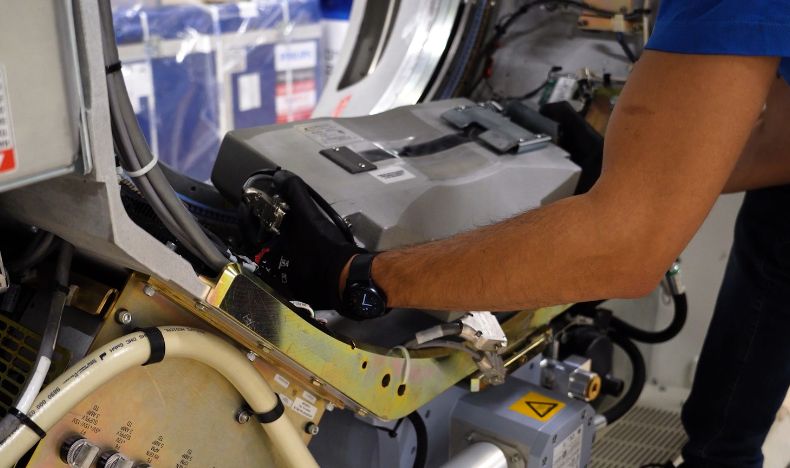
Our day-to-day consumption concept is so ingrained into our society. When you consider how rapidly we’re consuming resources— at 1.7 times the Earth's capacity to replace them2, that’s a big wake up call. That is why embracing this circular thinking isn’t just important, it’s essential. Circular models can play a crucial role in scaling-up climate mitigation technologies while continuing to provide access to care to those who need it. It is the refurbishment and parts recovery that make it possible for us to bring second lives to our existing systems and components. But if that is no longer an option; we will recycle returned systems back to raw materials locally with our certified global recycling partner network. This is how we ‘close the loop,’ and it is something I am particularly proud of.
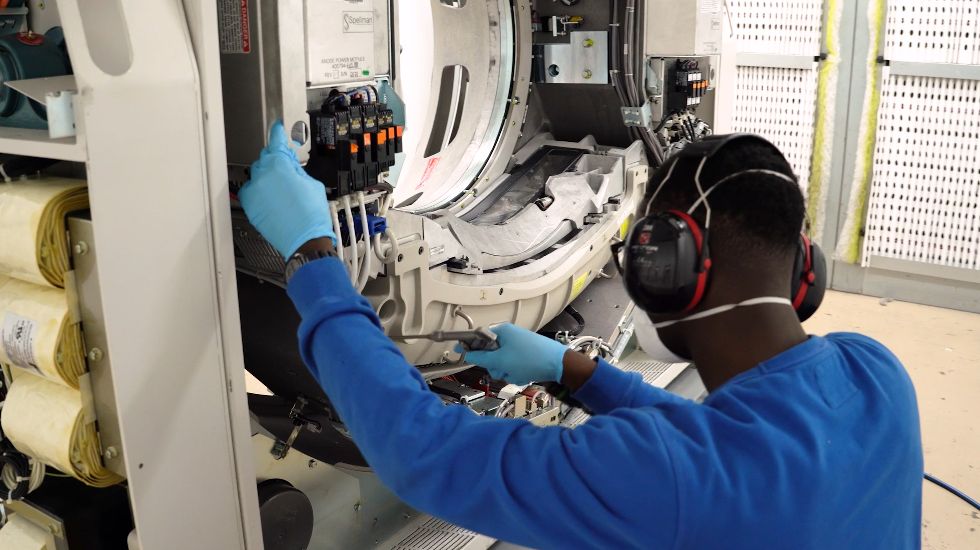
Closing the loop for a healthier and sustainable future for healthcare
As a purpose-driven health technology company, we are very conscious of our responsibility towards society and of the need to continue to embed sustainability ever deeper in the way we do business – in our own operations and beyond, together with our partners. Along with ensuring we align to our EcoDesign requirements across our businesses, we are increasingly changing the way we work and produce products to be more circular.
Our dream is to help our healthcare customers ‘do more with less,’ too. We do this by applying our circularity principles – use less, use longer, use again – across each part of the value chain. This in turn helps us to maximize the value of products across multiple lifecycles while minimizing waste, emissions, and the extraction of finite resources.
It’s clear that healthcare has a big role here, but for widescale adoption of circular economy practices, health systems, governments, industry and supply chains must all join forces to enable the co-creation of solutions. The cost to human and planet health is already significant, so it really is up to the healthcare industry as a whole to drive these essential changes.
This is what makes me so passionate about the circular economy. I’m proud to wake up every day and know the impact our team is already having. Delivering on this, even one system at a time, makes a difference for our planet. This is how we close the loop to enable a healthier future – one that provides better care for more people, in a sustainable way.
Sources 1 Metzke, R. Here's how healthcare can reduce its carbon footprint: World Economic Forum, 2022. (link). (Accessed: February 2025) 2 McCamy L. We've used a full year's worth of Earth's resources already. World Economic Forum. August 2018. (Link) (Accessed: February 2025) *Disclaimer: Comparison of a new Azurion 7 C20 and a refurbished Azurion 7 C20. Based on Life Cycle Assessment (LCA) in line with ISO14040/44 and using ReCiPe2016, EcoInvent 3.9.1 database including global average energy mix, COCIR standard for energy consumption, and the average reused weight percentage during refurbishment in Best in 2023. Results will vary based on amount, system type and age of returned systems as well as the country due to, amongst other things, source of energy and logistics. Supply chain emissions refer to all Life Cycle stages, excluding use-phase and end of life. For a healthcare customer this is equivalent to scope 3 emissions - for more information, refer to the Greenhouse Gas Protocol.


